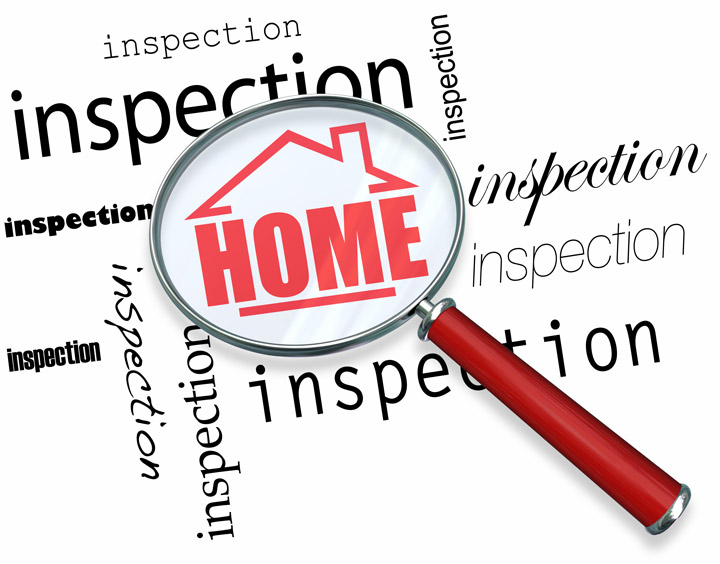
What Are the Parts of an Appraisal?Getting a house can be the most serious financial decision many of us may ever consider. Whether it's a main residence, a seasonal vacation home or one of many rentals, the purchase of real property is a detailed transaction that requires multiple people working in concert to see it through. Most people are familiar with the parties having a role in the transaction. The real estate agent is the most recognizable person in the exchange. Then, the bank provides the financial capital needed to finance the exchange. And ensuring all aspects of the sale are completed and that a clear title transfers from the seller to the buyer is the title company. So, what party makes sure the real estate is worth the amount being paid? In comes the appraiser. We provide an unbiased estimate of what a buyer could expect to pay — or a seller receive — for a parcel of real estate, where both buyer and seller are informed parties. A licensed, certified, professional appraiser from Davenport Appraisal Services will ensure, you as an interested party, are informed. Inspecting the subject propertyTo ascertain the true status of the property, it's our responsibility to first conduct a thorough inspection. We must see aspects of the property hands on, such as the number of bedrooms and bathrooms, the location, and so on, to ensure they really are present and are in the condition a reasonable person would expect them to be. The inspection often includes a sketch of the floorplan, ensuring the square footage is proper and illustrating the layout of the property. Most importantly, the appraiser identifies any obvious amenities - or defects - that would have an impact on the value of the property. Back at the office, we use two or three approaches to determining the value of the property: sales comparison and, in the case of a rental property, an income approach. 
Cost ApproachThis is where the appraiser uses information on local construction costs, the cost of labor and other elements to calculate how much it would cost to construct a property nearly identical to the one being appraised. This value usually sets the upper limit on what a property would sell for. It's also the least used method. 
Paired Sales AnalysisAppraisers become very familiar with the neighborhoods in which they work. They thoroughly understand the value of certain features to the homeowners of that area. Then, the appraiser looks up recent sales in close proximity to the subject and finds properties which are 'comparable' to the real estate at hand. By assigning a dollar value to certain items such as remodeled rooms, types of flooring, energy efficient items, patios and porches, or extra storage space, we adjust the comparable properties so that they more accurately match the features of subject.
A true estimate of what the subject might sell for can only be determined once all differences between the comps and the subject have been evaluated. When it comes to knowing the true worth of features of homes in Jay and Delaware, Davenport Appraisal Services is your local authority. The sales comparison approach to value is typically awarded the most weight when an appraisal is for a home exchange. Valuation Using the Income ApproachA third way of valuing approach to value is sometimes applied when an area has a measurable number of renter occupied properties. In this case, the amount of income the property yields is factored in with income produced by nearby properties to determine the current value. Arriving at a Value ConclusionCombining information from all applicable approaches, the appraiser is then ready to state an estimated market value for the property in question. The estimate of value at the bottom of the appraisal report is not always the final sales price even though it is likely the best indication of what a property is worth. Prices can always be driven up or down by extenuating circumstances like the motivation or urgency of a seller or 'bidding wars'. But the appraised value is typically used as a guideline for lenders who don't want to loan a buyer more money than the property is actually worth. Here's what it all boils down to, an appraiser from Davenport Appraisal Services will guarantee you attain the most accurate property value, so you can make the most informed real estate decisions. |